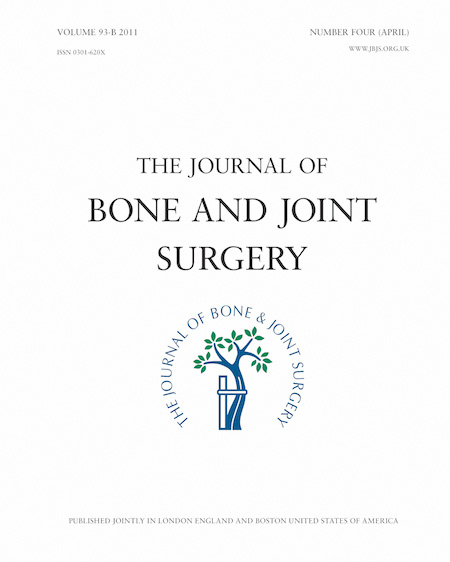
ARTHROPLASTY
Mechanical compression added to anticoagulation increases effectiveness of DVT prevention
This report has been verified
by one or more authors of the
original publication.
J Bone Joint Surg Br. 2012 Jun;94(6):729-34
The meta-analysis and systematic review identified 6 randomized controlled trials that compared the effectiveness of using combined modalities versus the intermittent mechanical compression or anticoagulants in isolation, in the prevention of venous thromboembolism in patients undergoing hip or knee arthroplasty. A total of 1399 patients were identified from these studies. Results from the analysis indicate that the use of intermittent mechanical compression, combined with anticoagulants, results in a reduced rate of DVTs. Pulmonary embolism was a very infrequent occurrence in all groups, and the combination of modalities had no demonstrable effect on its occurrence.
Unlock the full ACE Report
You have access to {0} free articles per month.Click below to unlock and view this {1}
Unlock NowCritical appraisals of the latest, high-impact randomized controlled trials and systematic reviews in orthopaedics
Access to OrthoEvidence podcast content, including collaborations with the Journal of Bone and Joint Surgery, interviews with internationally recognized surgeons, and roundtable discussions on orthopaedic news and topics
Subscription to The Pulse, a twice-weekly evidence-based newsletter designed to help you make better clinical decisions
Exclusive access to original content articles, including in-house systematic reviews, and articles on health research methods and hot orthopaedic topics
Or upgrade today and gain access to all OrthoEvidence content for just $1.99 per week.
Already have an account? Log in


Subscribe to "The Pulse"
Evidence-Based Orthopaedics direct to your inbox.
{0} of {1} free articles
Become an OrthoEvidence Premium Member. Expand your perspective with high-quality evidence.
Upgrade Now













































































